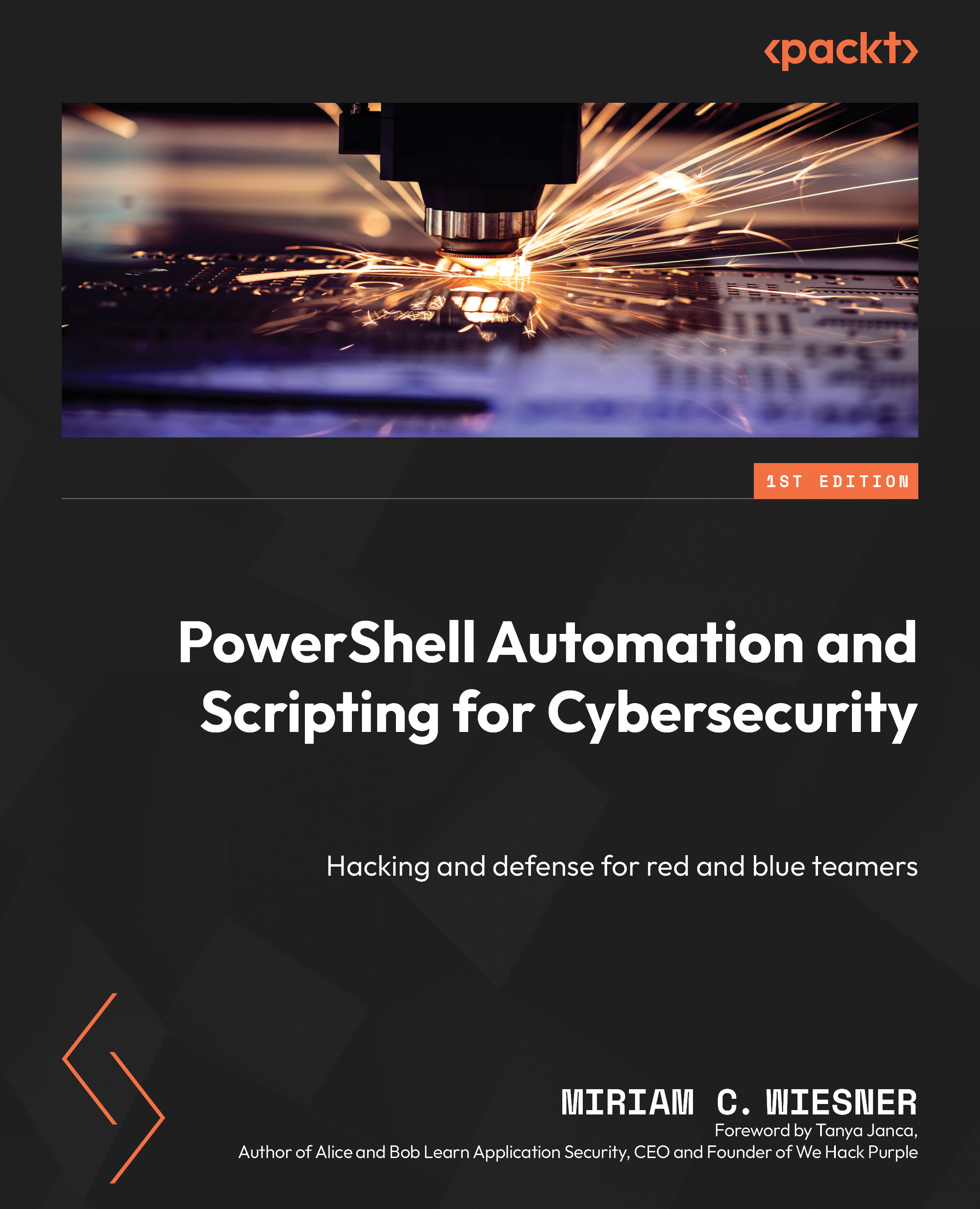Exploring .NET Framework
.NET Framework is a software framework developed by Microsoft that provides a wide range of functionalities for building and running applications. It is a default part of every Windows installation since Windows Vista. One of the framework’s key features is the ability to access system and API resources, making it a powerful tool.
.NET Framework consists of two main components:
- Common Language Runtime (CLR):
This is the runtime engine for .NET; it also contains a Just in Time (JIT) compiler, which translates bytecode in Common Intermediate Language (CIL) to the underlying compiler to turn it into machine code that can execute on the specific architecture of the computer it is running on.
The CLR also includes thread management, a garbage collector, type safety, code access security, exception handling, and more.
Every .NET Framework version comes with its own CLR.
- .NET Framework Class Library (FCL):
The FCL is a...
































































